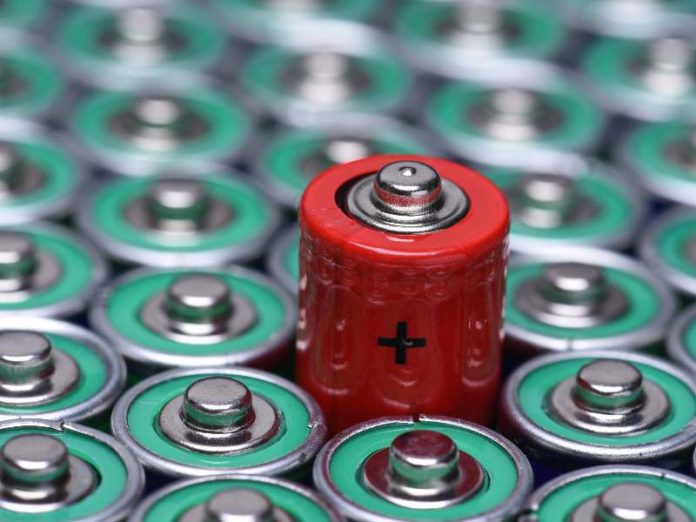
Grid operator Liander and GIGA Storage, developers of large-scale battery systems, have started pilots in the Dutch cities Amsterdam, Alkmaar and Lelystad with large batteries to use the electricity grid more efficiently and give more parties access.
The smart plan being developed by Liander and GIGA Storage aims for unused space on the electricity grid to be used during off-peak times to connect more entrepreneurs, including places where the grid has reached its maximum capacity.
Under current legislation and regulations, entrepreneurs with large batteries such as GIGA Storage are obliged to contract capacity on the electricity grid 24/7. This applies for both consumption (charging) and feeding back to the grid (discharging).
Because more large-scale batteries are being installed, they now often contribute to reaching the maximum capacity of the grid. While they can be one of the solutions to use the net more efficiently, the new Energy Act creates opportunities to regulate this differently.
In light of this, Liander has stated it will investigate with GIGA Storage how time-limited contracts for customers with large-scale battery storage can contribute to more efficient use of the electricity grid.
Within the pilots, Liander offers GIGA Storage the opportunity to use the residual space of the grid to charge and discharge their batteries. This means that GIGA Storage only gets access to the electricity grid when unused space is available.
Huibert Baud, director of customer & design at Liander stated in announcing the projects: “In this way we learn how we can inform our customers of the available capacity on the electricity grid per period, which grid tariff should then apply and whether the developers’ business case can be with opportunities for other revenues such as congestion services. The first results are expected in 2023.”
EASE recommendations on energy storage fees
This news comes in as the EASE prepares a general overview and best practices across member states when looking at the way forward for energy storage grid fees.
To make sure grid fees don’t hinder energy storage development, EASE recommends:
• Full implementation of the Clean Energy Package market design;
• An analysis of network investments and the procurement of flexibility by system operators;
• Grid tariff design should follow the main principle of cost-reflectiveness;
• Behind-the-meter energy storage systems should receive the same treatment as self-consumed energy which remains within the prosumer’s premises;
• Tariff methodologies and procurement of flexibility should contribute to the deployment of energy storage.
Amsterdam, Alkmaar and Lelystad
In parts of Amsterdam and Alkmaar the electricity grid has reached maximum capacity for the supply of electricity.
Here the parties want to create extra capacity for the supply of electricity by using batteries. The batteries gain access to the unused space of the electricity grid, so that the battery does not have to be placed on the waiting list.
This aims to create extra flexible capital that Liander can deploy within congestion management. In this way, they hope to reduce the waiting list and the network operator can connect more customers.
In Amsterdam and Alkmaar this concerns deployment of a battery of between 10 and 20MW, in Lelystad a battery of 25MW.
In Lelystad, the grid has reached maximum capacity for the feed-in of wind and solar power. GIGA Storage and Liander want to use the battery here to create more space for the input of green energy.
With the battery, the feed-in can be limited, so that Liander can connect more customers.